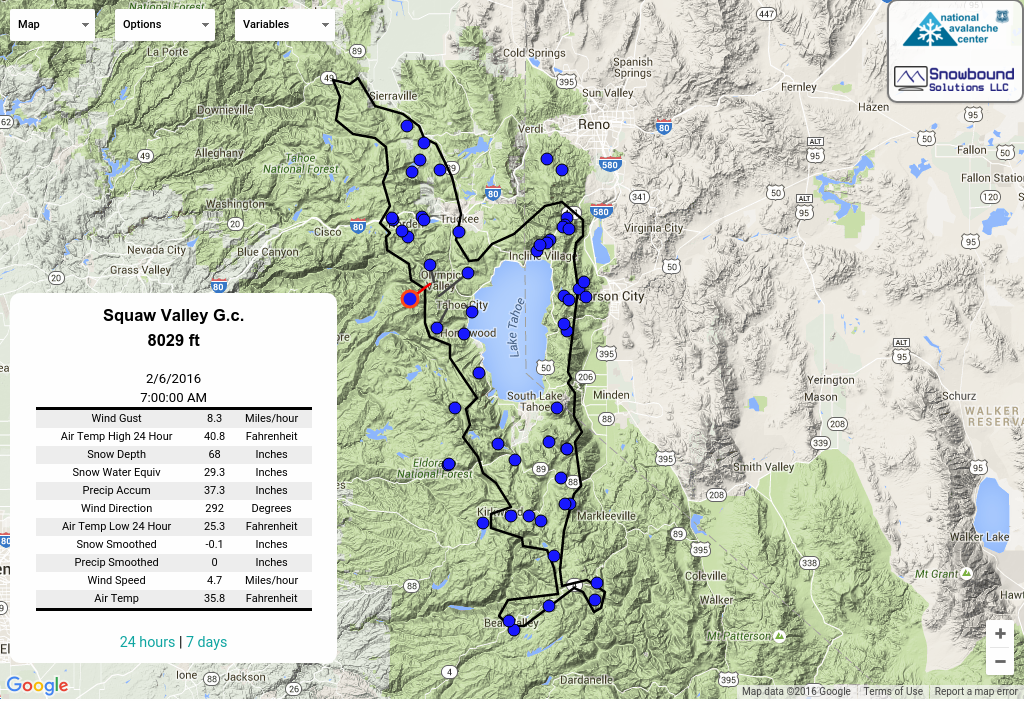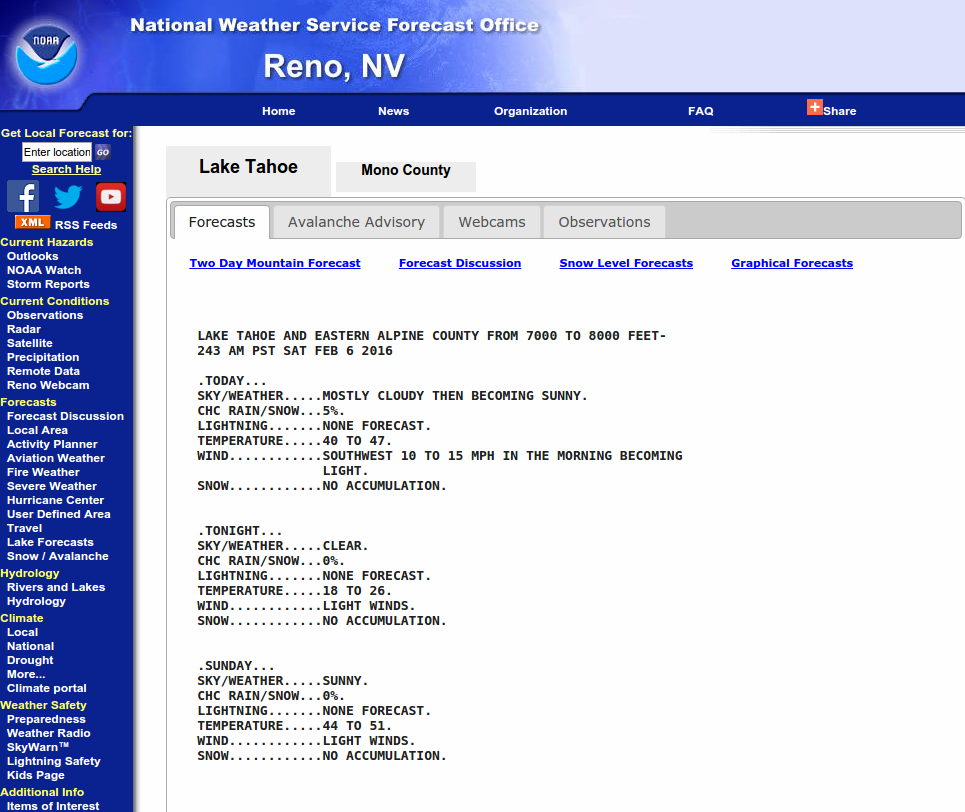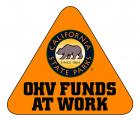
Life in the skin track describes my ideal winter. I began skiing solely in the backcountry a few decades ago and during my third winter took my technically weak uphill skill set to the real deal high alpine Berner Oberland for a multi-day hut trip. I will never forget the second sentence IFMGA guide Martin Volken said to me on our first day, ”at least you can ski.” My lessons in skin track efficiency and etiquette began in earnest my second day in Switzerland. Martin stopped below the Grunhornlucke and with a sweep of his ski pole explained how the up track should be as beautiful as powder turns, use the terrain, set the angle, your pace, learn how to throw a few styles of kick turns to increase the aesthetic and your uphill enjoyment, respect the skin track and all users.
Last winter I spent a day touring with a favorite ski partner and some of his friends. They were fit, much younger than myself and as I quickly learned, lacking basic skin track etiquette. Within the first 30 minutes the tails of my skis were repeatedly kicked, the group was fast, then slow and at one point I skinned around a corner and into one member who was urinating in the skin track. At that moment all I could do was growl, “Put your thing-a-ling away.”
First and foremost the skin track is not a toilet for yourself or your canine companion. Everyone at some point will need a natural break while in the backcountry. Please, to avoid the wrath of Holly and be a decent human, not only step out of the skin track but move away from the skin track and then cover your area with a ski top sheet of snow, if available. It’s easy. If your dog leaves droppings in the skin track, move it out of the travel path. No one wants your or your animal’s feces on their skins or edges of their boards. It’s unpleasant, unhygienic and not safe.
Those who spend time with me may identify my second point as possibly my most annoying (or endearing?) trait. Be friendly, smile, say hello to your fellow backcountry users. Ask about conditions, changes in the snowpack, visible signs of instability. Not only can this set the trend for the day but it also initiates an exchange of information that we can all use while traveling in and out of avalanche terrain.
I have noticed a resurgence of this problem just this season, don’t bootpack or use snow shoes in the skin track. If you or a companion is traveling on foot and not skins, it’s best to lay your own track to avoid riddling an established skin track with huge holes. The holes left by shoes prevents contact between skins on skis or splitboards and the snow surface. Loss of purchase in the skin track can cause uncomfortable slipping, slows everyone’s pace and increases effort dramatically reducing endurance and enjoyment.
Don’t kick the tails of the skier in front of you more than twice. Pay attention to pace, back off, we’re not in a peloton and spacing is an important method to manage group exposure while traveling in the backcountry. If a kick occurs a third time, ask to pass the slower person or better yet, move out of the skin track on your own to overtake the person in front of you. And be friendly or at least polite. Everyone has different fitness, efficiency, skill and timing constraints.
If you are traveling uphill and need/want/desire to adjust your clothing choice/grab something from your pack/take a photo or just breathe, step out of the skin track. Allowing fellow backcountry users to maintain their uphill pace without moving around you will be much appreciated, I promise.
Never complain about the skintrack someone else has set. If the angle of the skintrack is too steep for you to skin efficiently, step out and lay your own. If the skintrack wanders more than you prefer, step out and lay your own. If you come upon someone breaking the trail, offer to take a turn and rotate through. Setting the skin track is a useful lesson in uphill terrain selection to mitigate unnecessary exposure and reduce fatigue. Welcome the opportunity to learn how difficult it is being the trailblazer. When you get to the top of the peak, thank the work horses who made your uphill much easier and it doesn’t hurt to offer cookies.
That is my very basic intro to skin track etiquette list. I recommend utilizing one of our local guide services and taking an Intro to Backcountry course. Skinning may seem like a brainless part of the backcountry experience but it is more than 50% of how you will spend your day. Using the tricks and tips I have learned in the skin track from my guides over the years, at 57 years old I am still able to spend days breaking trail in the backcountry, enjoy multi day hut trips and it all began with one Swiss guide and my willingness to learn.
















